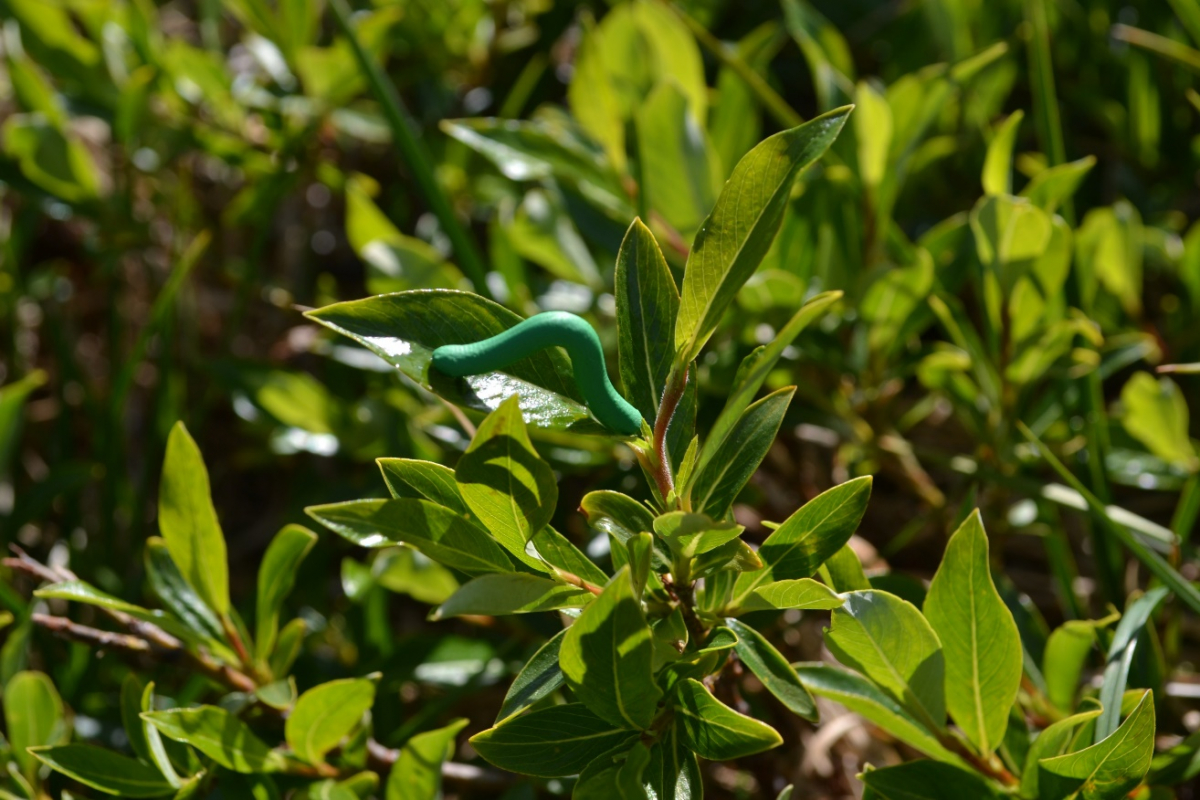A caterpillar close to the poles has only one-eighth of the chance of being eaten compared to a caterpillar at the Equator. An international team of researchers made this discovery in a new study published in the prestigious scientific journal, Science, on Friday 19 May. The new study deploys “dummy caterpillars” across the world to reveal predation hotspots – and who is behind them. Isabel Barrio, research specialist at the University of Iceland's Institute of Life and Environmental Sciences collaborated in this project.
It is well known that the tropics have many more species than the poles; but do the interactions among species also increase or become stronger closer to the Equator? A new study published in Science says yes, revealing a global pattern of predation on insect herbivores.
To achieve this result a total of 40 researchers from 21 countries worked together. Consistency and standardization were key to make the data comparable across these far-flung locations. From a dummy caterpillar “hatchery” at the University of Helsinki, Finland, each researcher was mailed caterpillars all molded from the same green plasticine and all shaped as “loopers” (or “inchworms”). Even the glue used to attach them to plants was included in the kit to ensure the same look and smell of caterpillars across sites. After exposure, the caterpillars were carefully detached from the leaves and returned to Helsinki, where the bite marks were examined to determine what kind of predator was in play. That proved to be fairly easy, as there is a significant difference between the bite marks of ants and birds to take an example.
The dummy caterpillars were planted across 31 sites along an 11,000 km gradient from the Arctic circle to southern Australia. By applying the same methods in each location the data was comparable across these far-flung locations, shedding light on communications between different species.
The research results showed that caterpillars close to the Equator were eight times more likely to be eaten than those close to the poles. The odds were, furthermore, the same for predation risk when moving towards the poles. The results also showed that the higher the caterpillars were above sea level, the less likely they were to be eaten by other animals. This suggests a common driver could be controlling species interactions at a global scale, according to the research team.
Many think of vertebrates, such as birds and mammals, as being the most important predators in the tropics, however, the increase in predation risk towards the Equator was due to tiny arthropod predators like ants. What the patterns also suggest is that predator arthropods are some of the strongest agents keeping plant-feeding arthropods in check, thus ensuring that pants can thrive in important areas such as the tropics.
Isabel Barrio, ecologist and research scientist at the University of Iceland's Institute of Life and Environmental Sciences collaborated in this project. Isabel stresses that the current findings were only made possible by the massive collaborative effort between researchers across the world: “This is the beauty of what are called ‘distributed experiments’. By working together and using simple and replicated protocols research teams across the globe can contribute to solving big global questions”, says Isabel. “We are currently conducting similar types of studies in tundra ecosystems, for example studying patterns of invertebrate herbivory. We hope that this approach will also help us better understand other large scale ecological patterns”.





